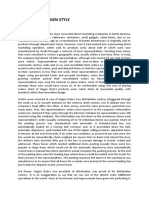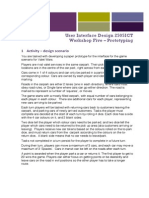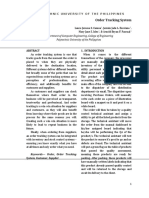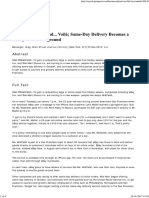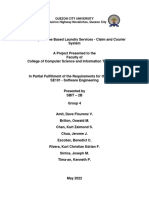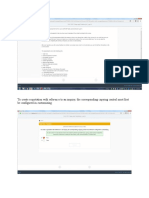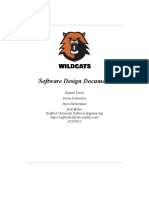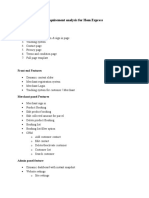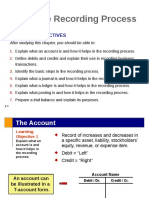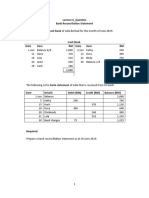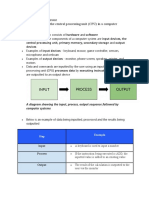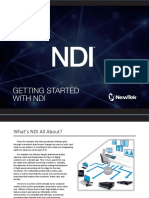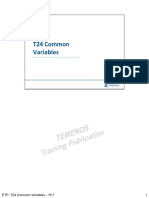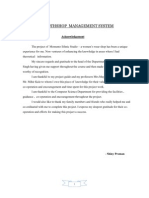3 HomeDeliver is a nationwide company that sells small household goods to consumers.
It produces an attractive,
comprehensive catalogue which it distributes to staff known as catalogue supervisors. There are 150 of these
supervisors in the country. Each supervisor has approximately 30 part-time home-based agents, who then deliver the
catalogue to consumers in their homes. Agents subsequently collect the catalogue and any completed order forms and
forward these forms to their supervisor. Payment is also taken when the order is collected. Payment is by cash or
cheque and these payments are also forwarded to the supervisor by the agent. At the end of the week the supervisor
returns completed order forms (and payments) to HomeDeliver. Order details are then entered into a computer system
by order entry administrators at HomeDeliver and this starts an order fulfilment process that ends with goods being
delivered directly to the customer. The supervisors and the agents are all self-employed. HomeDeliver rewards
supervisors on the basis of how many agents they manage. Agents’ reward packages are based on how many
catalogues they deliver and a commission based on orders received from the homes they have collected orders from.
In August 2010 HomeDeliver decided to replace the physical ordering system with a new electronic ordering system.
Agents would be provided with software which would allow them to enter customer orders directly into the computer
system using their home personal computer at the end of each day. Payments would also be paid directly into a
HomeDeliver bank account by agents at the end of each day.
The software to support the new ordering system was developed in-house to requirements provided by the current
order entry administrators at HomeDeliver and managers concerned with order fulfilment and invoicing. The software
was tested internally by the order entry administrators. At first, both the specification of requirements and initial
software testing progressed very slowly because order administrators were continuing with their normal operational
duties. However, as project delays became more significant, selected order administrators were seconded to the
project full-time. As a result the software was fully acceptance tested by the end of July 2011, two months behind
schedule.
In August 2011 the software was rolled out to all supervisors and agents. The software was claimed to be easy to
use, so no formal training was given. A large comprehensive manual with colour screenshots was attached as a PDF
to an email sent to all supervisors and agents. This gave detailed instructions on how to set up and use the software.
Unfortunately, problems began to appear as soon as the agents tried to load and use the software. It was found to be
incompatible with one particular popular browser, and agents whose computers used that browser were advised to
use an alternative browser or computer. Agents also criticised the functionality of the software because it did not allow
for the amendment of orders once they had been submitted. It emerged that customers often contacted agents and
supervisors to amend their order prior to it being sent to HomeDeliver. This was no longer possible with the new
system. Many agents also claimed that it was not possible to enter multiple orders for one household. However,
HomeDeliver confirmed that entering multiple orders was possible; it was just not clear from the software, or from the
instructions provided, how this could be achieved.
Most of the agents were reluctant to print off the manual (preferring to read it on screen) and a significant number
claimed that they did not receive the email with the manual attachment. Agents also found quite a number of spelling
and functionality errors in the manual. At certain points the software did not perform in the way the manual stated
that it would.
Internal standards at HomeDeliver require both a post-project and a post-implementation review.




